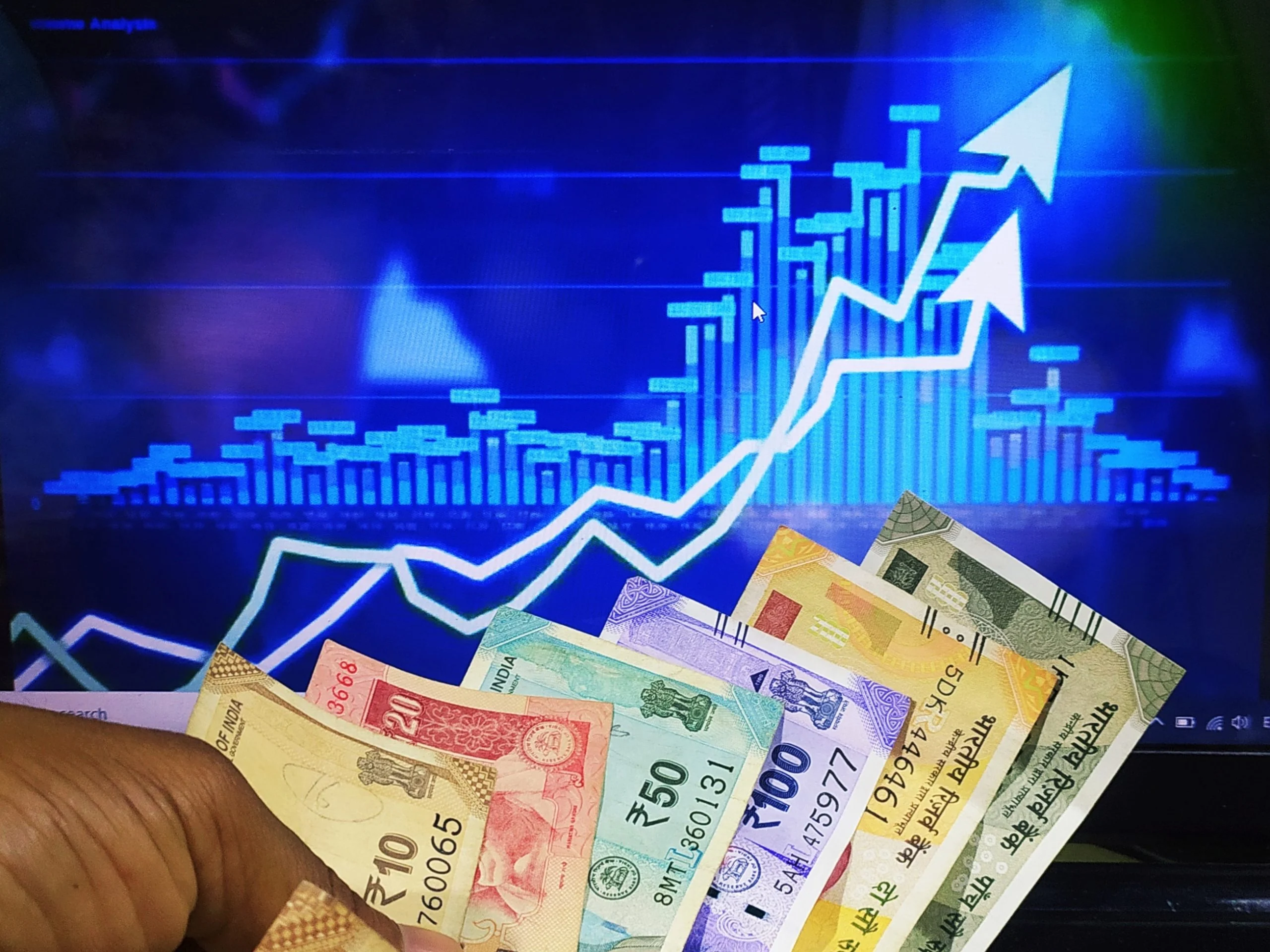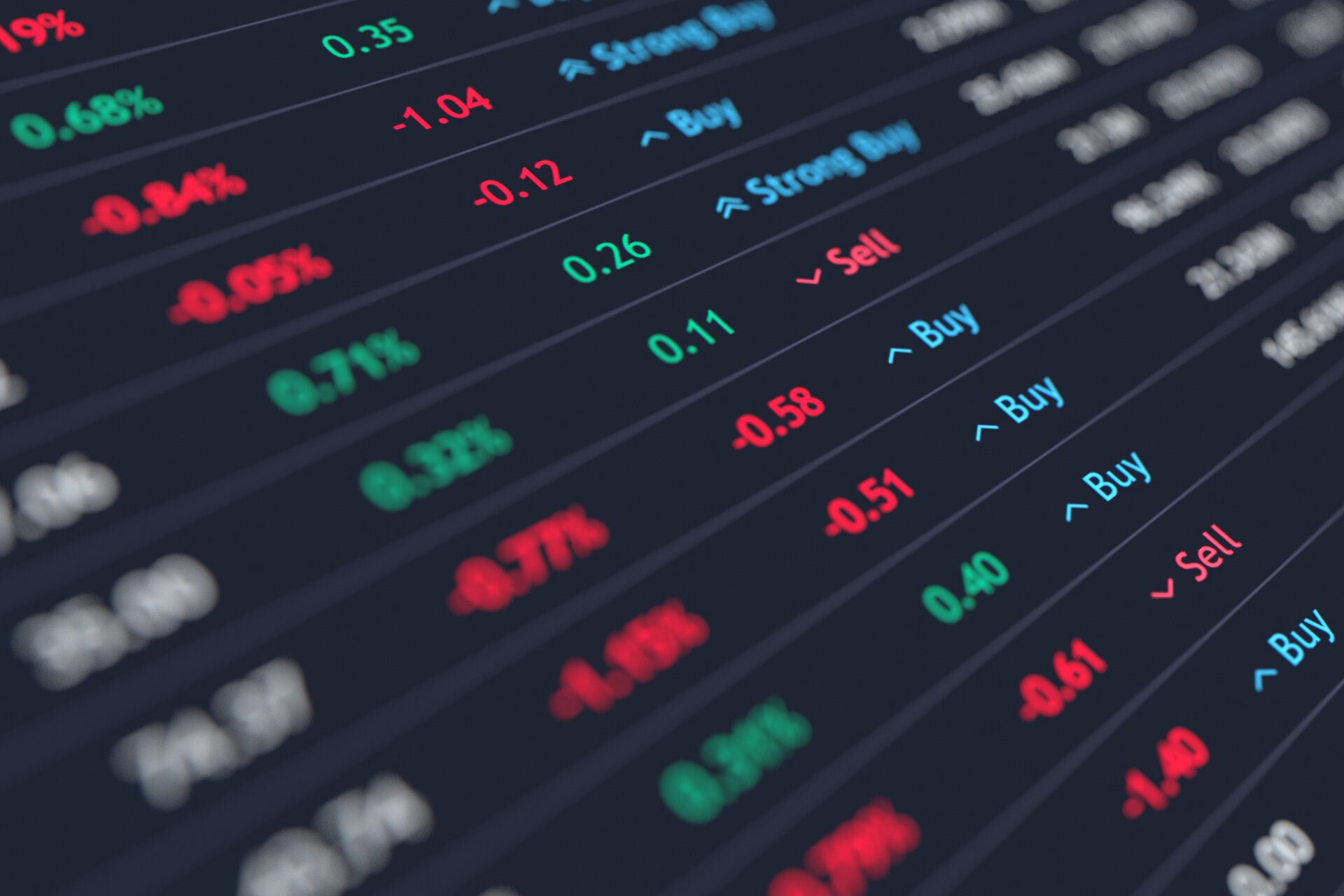ALB Limited 17.08.2022
Technical Analysis Strategies for Beginners
So you want to start trading stocks, but don't know where to begin? Technical analysis can be a great way to get started. This type of analysis focuses on indicators and patterns in stock data to identify buying and selling opportunities. While it may seem daunting at first, with a little practice you'll be able to make well-informed decisions about your portfolio. Here are a few tips for beginners looking to get started with technical analysis.First, familiarize yourself with the different types of indicators and what they mean. There are dozens of different indicators out there, so it's important to understand which ones are most relevant to your investment strategy. Next, develop a trading plan and stick to it. Don't go overboard trying to incorporate every indicator into your strategy; focus on the ones that give you the best results. Finally, practice makes perfect! Analyzing historical data and testing different strategies is one of the best ways to improve your skills as a trader. With a little effort, you'll be well on your way to becoming a successful technical analyst!
1. What is technical analysis and how does it work?
Technical analysis is a method of evaluating securities by analyzing the statistical trends gathered from trading activity, such as price and volume. Technical analysts believe that the collective actions of all participants in the market accurately reflect all relevant information, and therefore, continually assign a fair market value to securities. Based on this information, technical analysts strive to identify price patterns and market trends to find profitable trading opportunities.
There are two main types of technical analysis: fundamental analysis and charting. Fundamental analysis focuses on factors such as a company's financials, management team, business model, and competitive landscape. Charting involves using historical price data to identify patterns and make predictions about future movements. Technical analysts will often use both methods in conjunction to get a well-rounded view of the market.
2. What are the different types of technical indicators?
There are dozens of different technical indicators available to traders, but they can be grouped into a few main categories. Trend-following indicators help identify whether a security is in an uptrend, downtrend, or sideways trend. Momentum indicators measure how quickly a security's price is moving and can be used to identify overbought or oversold conditions. Volume indicators show how much trading activity is taking place in security and can be used to confirm trend direction. Finally, volatility indicators show how much price movement is taking place in security and can be used to identify potential breakout opportunities.
3. How do I develop a trading plan?
Before you begin trading, it's important to develop a solid trading plan. This should include your investment goals, risk tolerance, time horizon, and the technical indicators you will use to make decisions. Once you have a plan in place, stick to it! It can be tempting to change your strategy mid-stream, but this is often when things start to go wrong.4. How do I practice technical analysis?
One of the best ways to learn technical analysis is by practicing historical data. You can find free historical data online from sites like Yahoo Finance or Quandl. Experiment with different indicators and see how they would have affected your trades. Backtesting can be a great way to refine your strategy and build confidence before you start trading with real money.
5. What are some common mistakes beginners make?
One of the most common mistakes beginner traders make is over-complicating their strategy. It's important to keep things simple and focus on the indicators that have proven to be most successful for you. Another mistake is not sticking to your trading plan. It can be tempting to stray from your strategy when things are going well or poorly, but this is often when big losses occur. Finally, many beginners underestimate the importance of practice. Remember that technical analysis is a skill that takes time and effort to master. The more you practice, the better you will become at identifying profitable trading opportunities.
The benefits of using technical analysis?
When applied correctly, technical analysis can be a useful tool for Forex traders of all levels of experience. Technical analysis can help you identify trading opportunities, entry and exit points, and potential market trends. By using Forex technical analysis, you can make more informed decisions about your trading activity.
There are many benefits to using technical analysis in Forex trading. Technical analysis can help you to:
Identify market trends
Find potential trading opportunities
Make more informed decisions about your trading activity
Set realistic price targets
Place stop-loss orders more effectively
If you are new to Forex trading, or if you are looking to improve your trading results, consider incorporating technical analysis into your overall strategy. With practice and discipline, technical analysis can help you to become a more successful Forex trader.
What are the most important technical indicators for Forex trading?
Many different technical indicators can be used in Forex trading. Which indicators you use will depend on your trading style and preferences. Some traders prefer to use a small number of indicators, while others use a larger number of indicators.
Some of the most popular technical indicators for Forex trading include:
Moving averages
Bollinger bands
Fibonacci retracements
MACD (moving average convergence divergence)
RSI (relative strength index)
These are just a few of the many technical indicators that are available to Forex traders. Experiment with different indicators, and see which ones work best for you.
How do I use technical analysis in Forex trading?
There are many different ways to use technical analysis in Forex trading. Some traders use technical analysis to find potential trading opportunities, while others use it to set realistic price targets or place stop-loss orders.
Here are a few tips on how to use technical analysis in Forex trading:
Use multiple indicators: Don't rely on just one indicator. Use a combination of indicators to get a more complete picture of the market.
Look for confirmation: When using indicators, look for confirmation from other indicators or price action before making a trade.
Stay disciplined: Don't let emotion get in the way of your trading decisions. Follow your trading plan and stick to your entry and exit points.
By following these tips, you can learn how to use technical analysis to improve your Forex trading results.
What are some common mistakes traders make with technical analysis?
One of the most common mistakes that traders make with technical analysis is using too many indicators. Using too many indicators can lead to confusion and can make it harder to find trading opportunities. Another common mistake is relying too heavily on one indicator. It's important to use a combination of indicators to get a more complete picture of the market.
Another mistake that traders sometimes make is using indicators that are not well suited to their trading style. Make sure you understand how an indicator is calculated and what it measures before using it in your trading.
Finally, don't let emotion get in the way of your trading decisions. It's important to stay disciplined and follow your trading plan. Don't make impulsive decisions based on fear or greed.
By avoiding these common mistakes, you can improve your technical analysis skills and become a more successful Forex trader.
How to use trendlines, support and resistance levels, and chart patterns to make trading decisions?
One of the most important aspects of technical analysis is understanding and using trendlines, support and resistance levels, and chart patterns. These tools can help you to identify market trends, find potential trading opportunities, and make more informed decisions about your trading activity.
Trendlines are used to identify the direction of a market trend. They are created by connecting two or more price points on a chart. Support and resistance levels are used to identify potential buying or selling opportunities. They are created by identifying horizontal price levels where the market has found support or resistance in the past. Chart patterns are used to identify potential reversals in the market trend. They are created by identifying specific price formations on a chart.
Tips for beginners on how to start using technical analysis in their trading strategies?
When you're just starting to use technical analysis, these tips will help you get started:
1. TECHNICAL ANALYSIS BASICS - Learn the basics of technical analysis and what it can do for your trading.
2. TECHNICAL INDICATORS - Get to know the most popular technical indicators and how to use them in your Forex trading strategies.
3. TECHNICAL ANALYSIS TOOLS - Use Forex charting software and other tools to make technical analysis easier and more accurate.
4. PRACTICE, PRACTICE, PRACTICE - The only way to learn technical analysis is by using it in your trading. So practice on a demo account first, and then start incorporating it into your real trading strategies.
Following these tips will help you get started using technical analysis in your Forex trading. Remember, the more you practice, the better you'll become at using technical analysis to your advantage.














